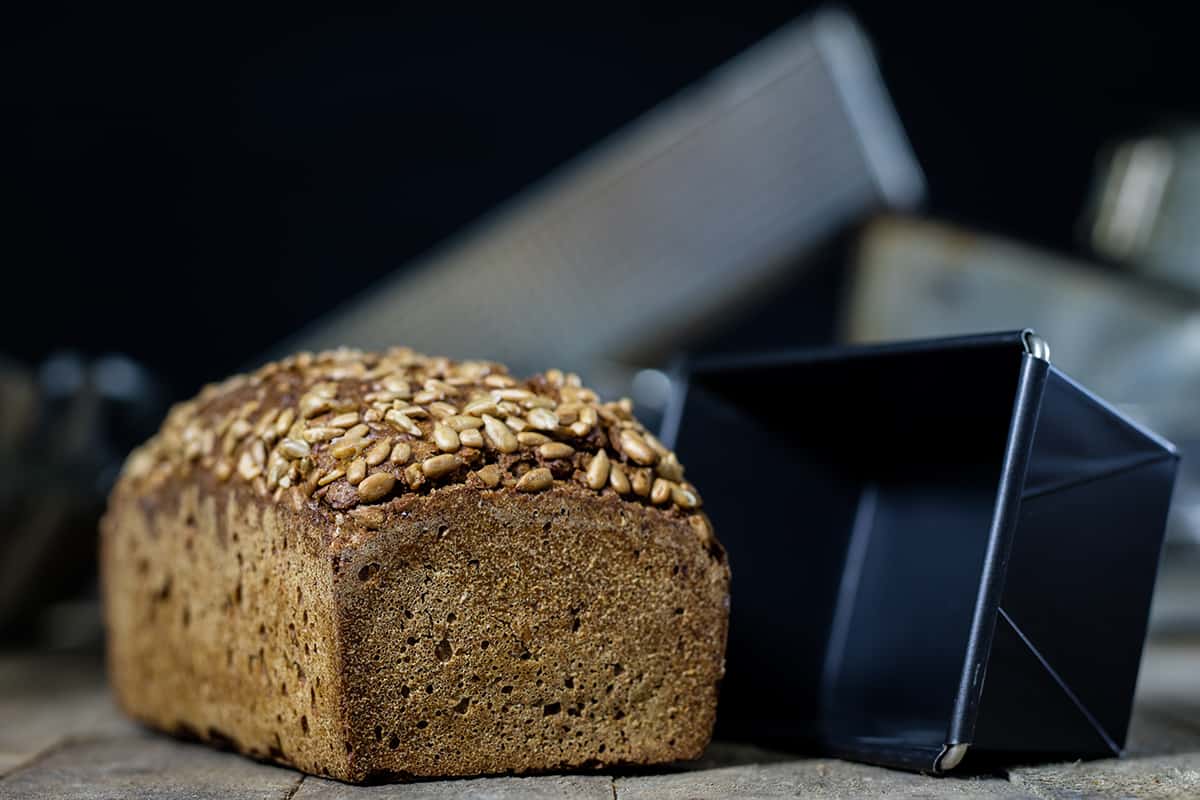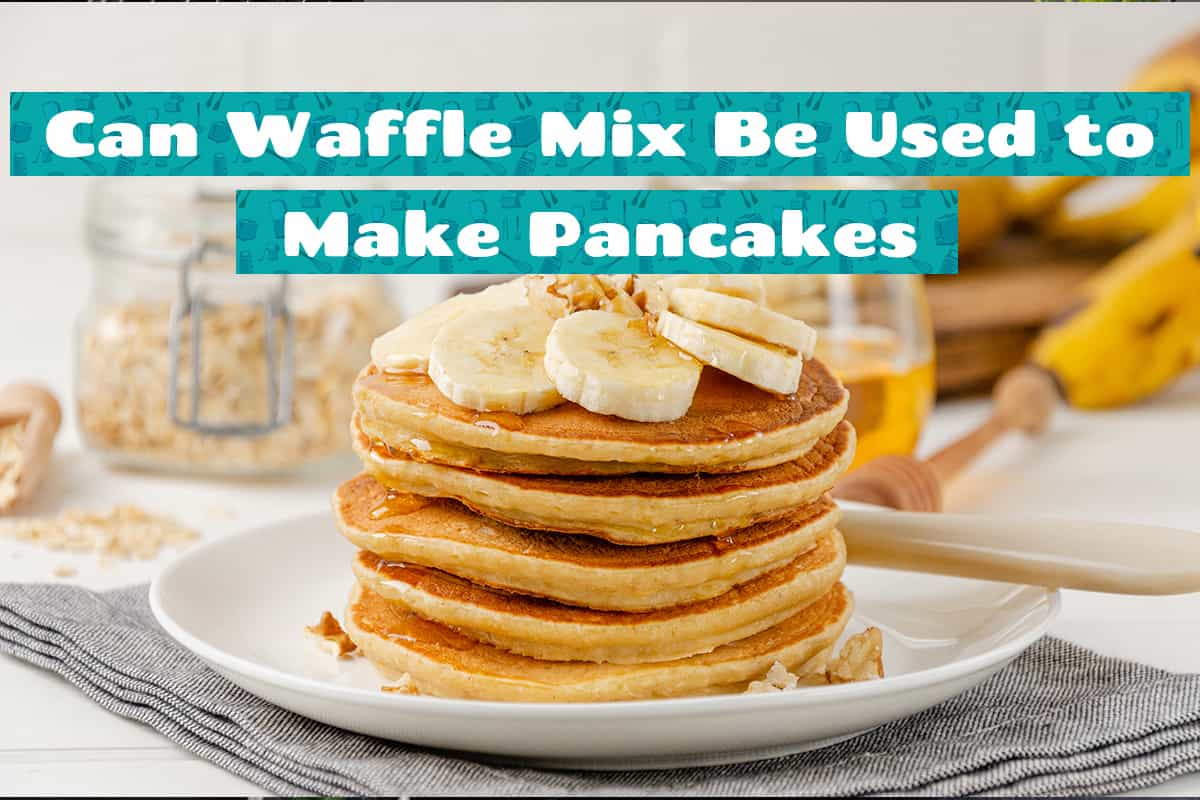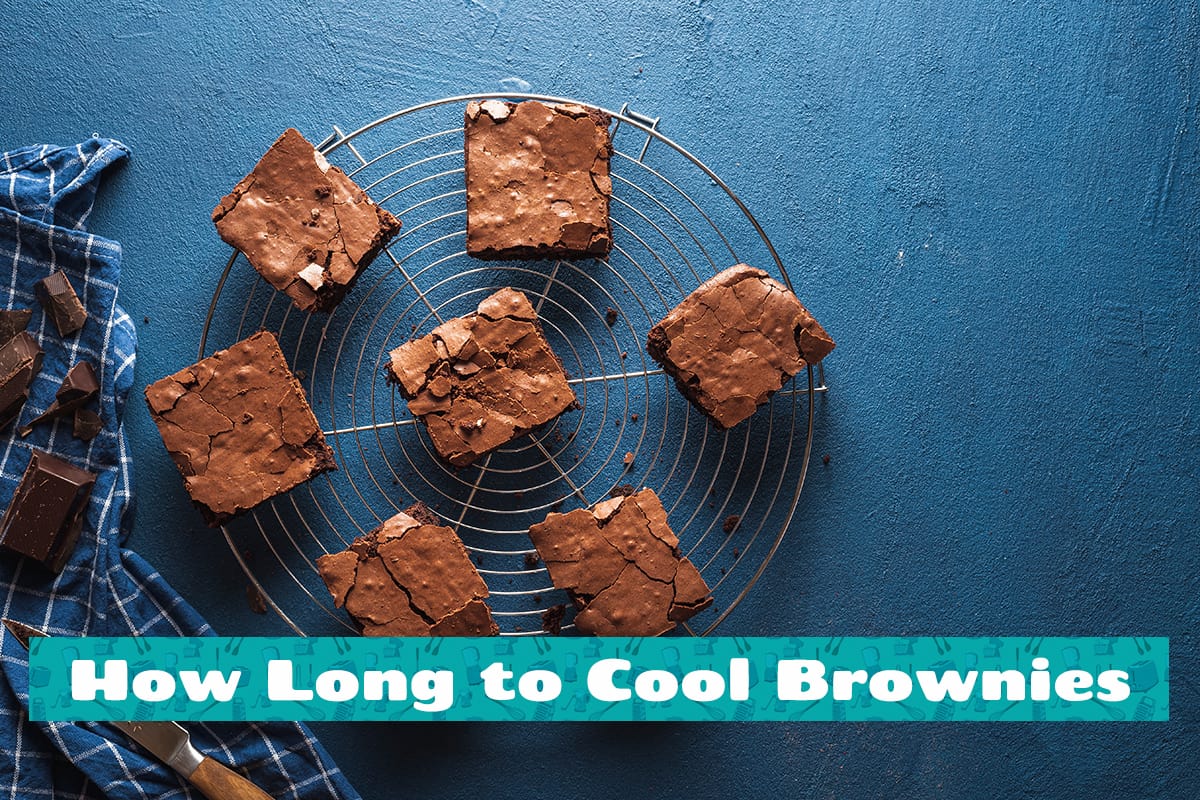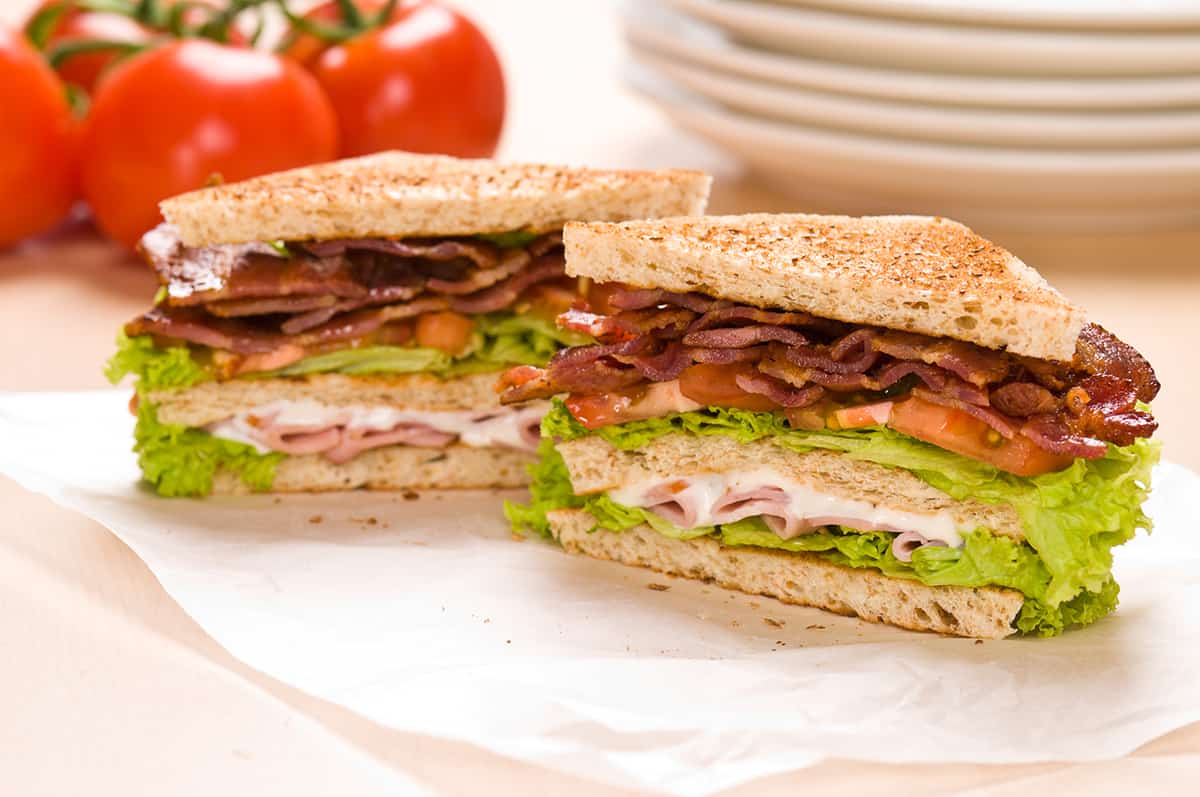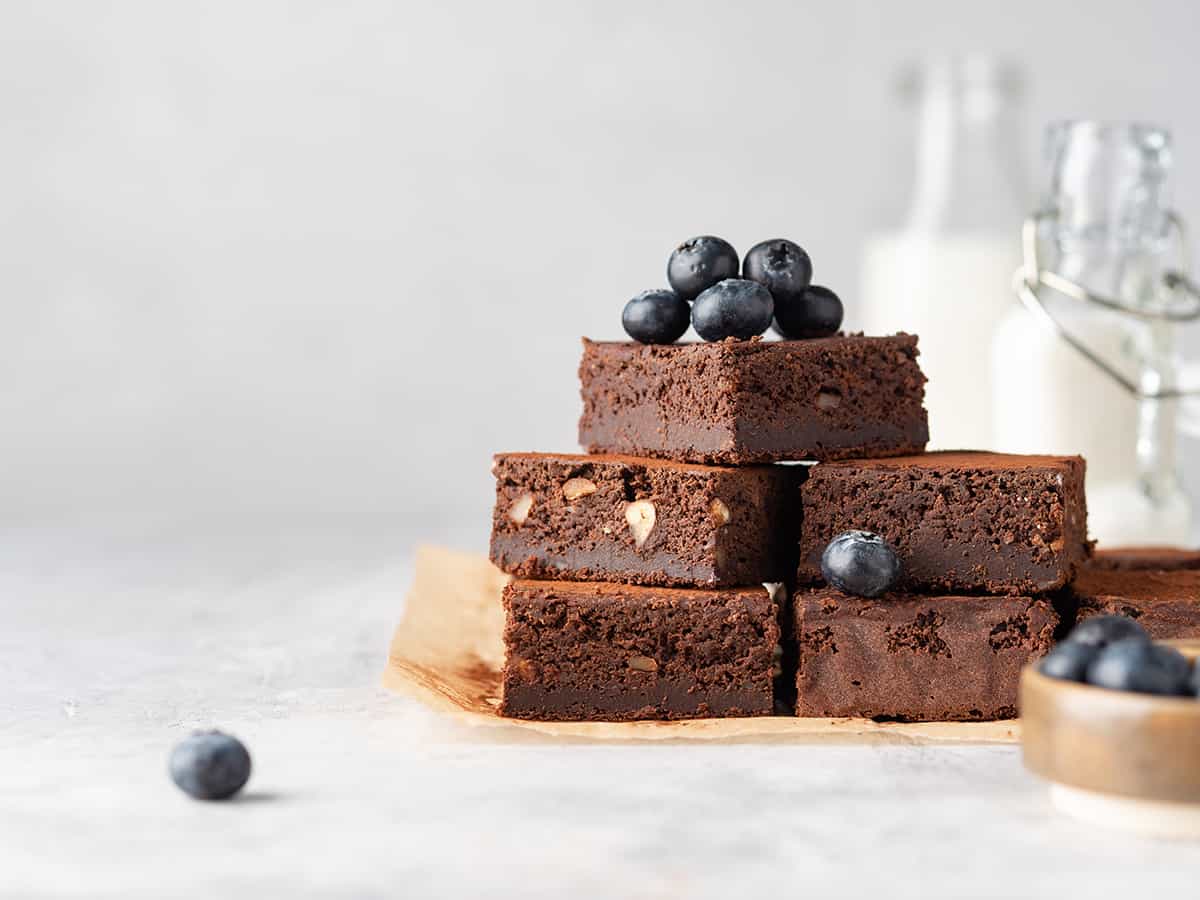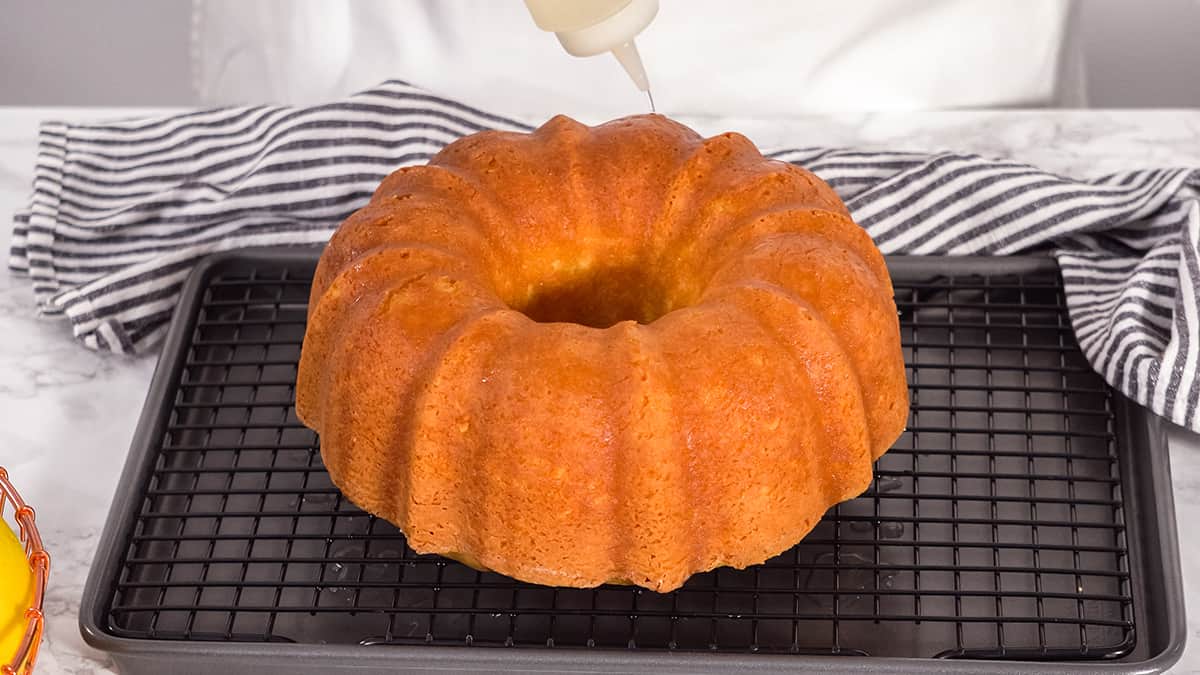Loaf pans are great for a number of things. They can be used to bake bread, make meatloaf, and… well, anything else you need that needs to be rectangular cuboid in shape. But when following a recipe that asks you to fill a loaf pan with batter or dough, what size is it referring to?
The standard loaf pan size, which is what most recipe instructions will have you use, is 8-1/2 inches long, 4-1/2 inches wide, and 2-1/2 inches deep. This loaf pan size can hold up to cups of batter or dough. However, loaf pans come in a variety of sizes, ranging from half-cup to 14-cup sizes.
If you’re curious about the different loaf pan sizes and what they’re used for, you’ve come to the right place. I’ll also explain why size is gravely important when it comes to baking molds.
What Is a Loaf Pan?
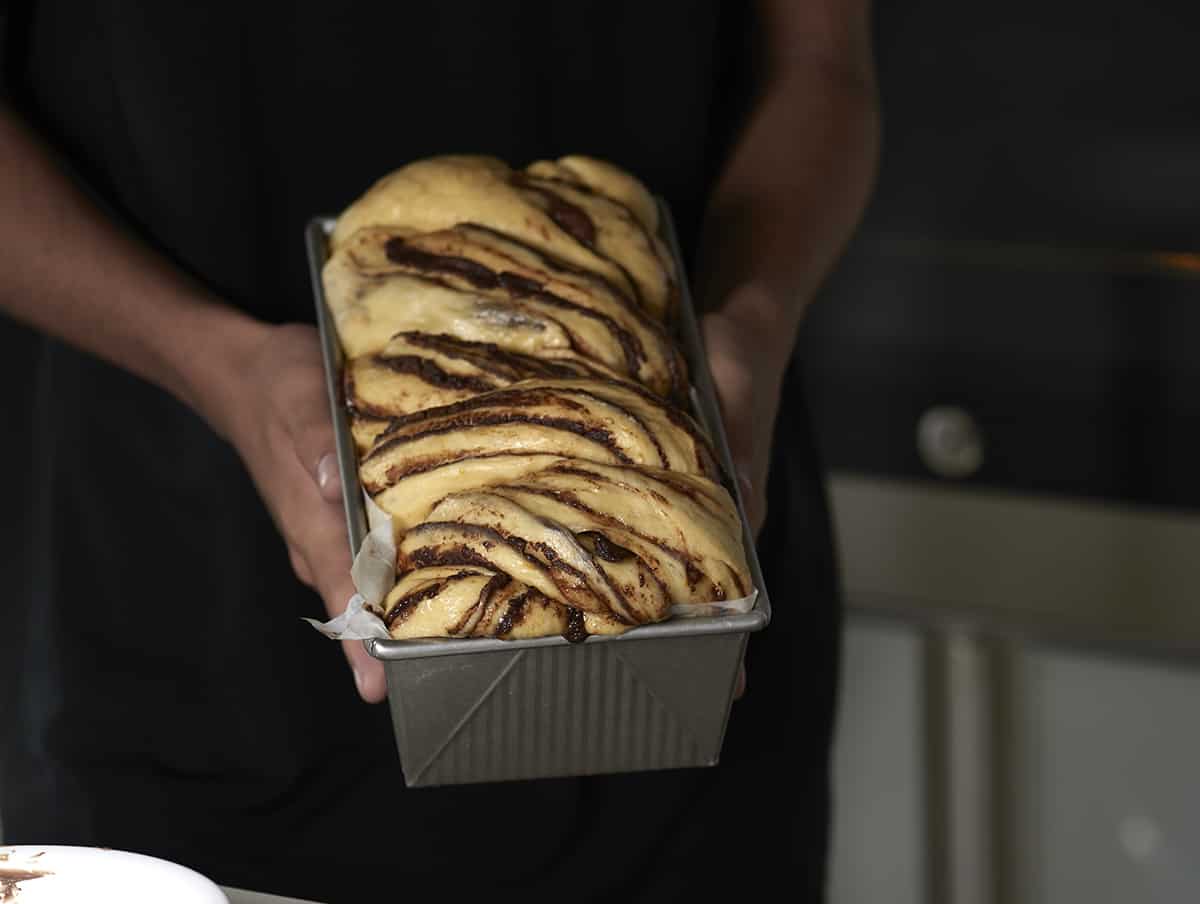
A loaf pan is exactly what it sounds like—it’s a pan that is used primarily to bake loaves of bread, though you can use them to make meatloaves and casseroles. They are usually rectangular in shape and have tall side walls, but you can find loaf pans in an assortment of shapes and sizes.
Loaf pans differ from standard cake pans in two distinct ways—their shape and their depth. Cake pans are usually round (there are sheet cake pans of various sizes, too), and their side walls are much shorter than the standard loaf pan. However, in a pinch, you can use a cake pan to replace a loaf pan, and vice versa, as long as you adjust the baking time and temperature.
Standard Loaf Pan Size
As I mentioned earlier in this guide, loaf pans come in a variety of sizes. The standard loaf pan measures 8-1/2 × 4-1/2 × 2-1/2 inches (L × W × D) and holds up to 6 cups of cake batter or bread dough. If a bread recipe doesn’t include a loaf pan size, this is most likely the size they’re inexplicitly referring to.
Loaf Pan Size Chart
The following chart will describe other loaf pan sizes and how much batter or dough they can hold.
| Loaf Pan Dimensions | Capacity |
| 2-3/4 × 1-1/2 in. | ½ cups |
| 5-3/4 × 3-1/4 in. | 2 cups |
| 8 × 4 × 2-1/2 in. | 4 cups |
| 4 × 4 × 4 in. | 4 cups |
| 8-1/2 × 4-1/2 × 2-1/2 in. | 6 cups |
| 9 × 5 × 3 in. | 8 cups |
| 8 × 8 × 2 in. | 8 cups |
| 9 × 4 × 4 in. | 10 cups |
| 13 × 4 × 4 in. | 14 cups |
Does Loaf Pan Size Matter?
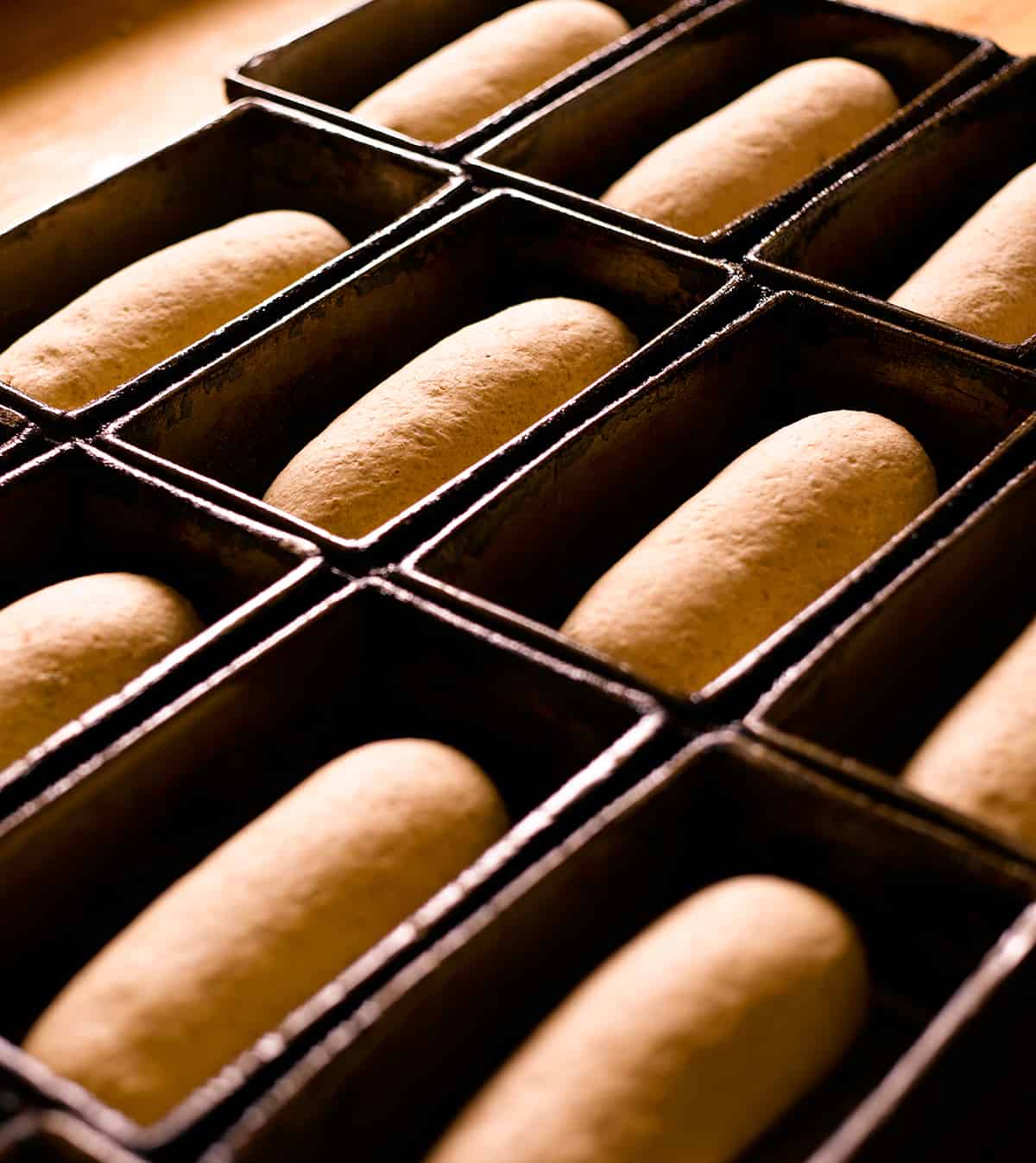
Yes, it does. The size of the loaf pan will affect how tall the freshly baked loaf of bread turns out, as well as its exterior surface area. A narrower loaf pan will produce taller loaves as opposed to wider loaf pans when using the same amount of batter or dough.
A good rule of thumb is to fill a loaf pan to 2/3 of its total capacity at max. If you fill beyond the 2/3 mark, you run the risk of the dough over-leavening in the oven and spilling out of the pan. Conversely, there is nothing inherently wrong with under-filling a loaf pan.
If you still have leftover batter or dough after filling a loaf pan, don’t force it into the pan. Either bake the leftovers in individual loaf pans for single-portion servings or bake the bread in batches. It’s better to have two undersized yet perfectly baked loaves of bread than an oversized loaf with burn marks.
One good way to gauge what loaf pan size you need is by figuring out the total dough or batter’s volume. For instance, if it amounts to 4 cups, you will need at least a 6-cup loaf pan.
What Are Loaf Pans Made of?
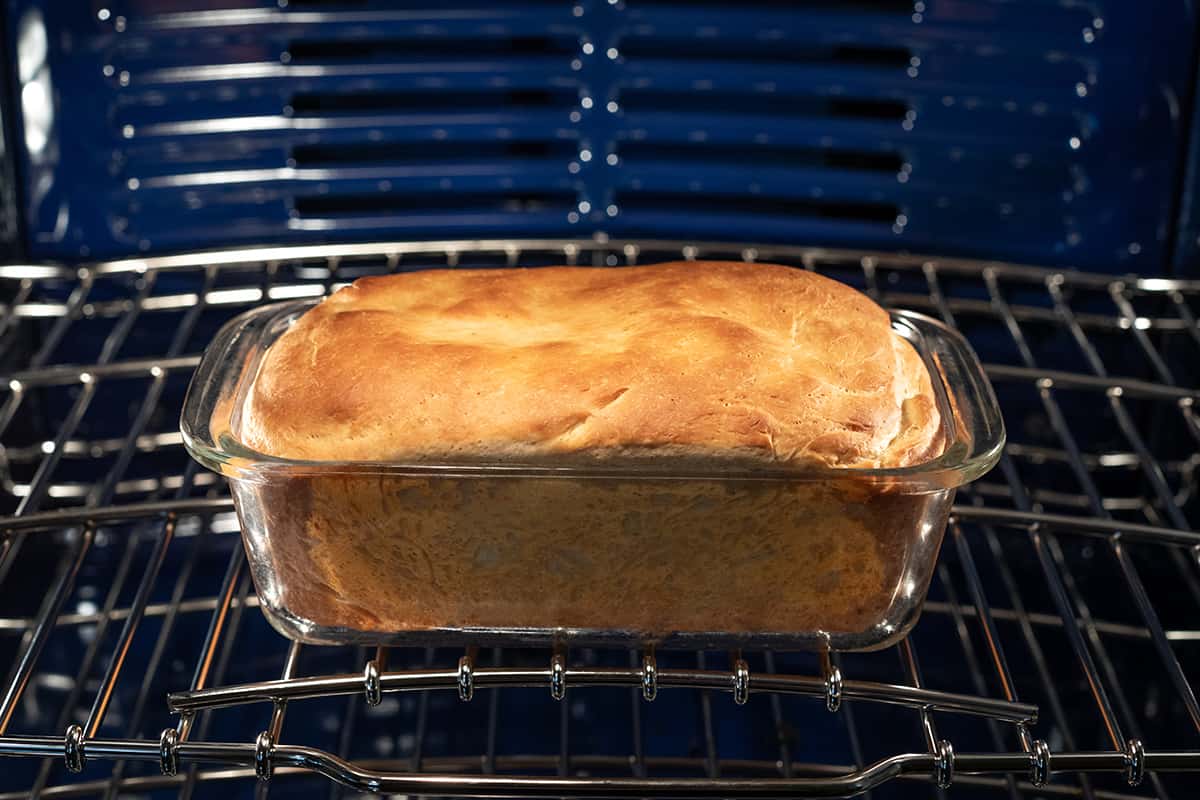
Like cake pans, loaf pans can be made of one of seven common materials—aluminum, stainless steel, cast iron, ceramic, glass, and silicone.
Aluminum
Aluminum is, by far, the most common material used for loaf pans. It’s a lightweight, affordable metal that conducts heat incredibly well, which leads to even browning all over the bottom and sides of a bread loaf. There are also nonstick varieties that make cleanup a breeze, though you should still grease the inside to add an extra layer of insurance.
The downside with aluminum is that it bends easily. A warped aluminum pan can lead to uneven baking.
Stainless Steel
If you want metal bakeware but don’t want to deal with the flimsiness of aluminum, stainless steel is your best bet. Like aluminum, it’s a great conductor of heat, but it’s a lot more durable, so it can handle bumps and drops in the kitchen. They heat up super quickly, and they cool down just as fast, making it easy to unmold (assuming you greased the pan beforehand).
Cast Iron
Cast iron is the heaviest type of metal compared to aluminum and stainless steel. With proper care, you can pass your cast-iron bakeware to your grandchildren and their grandchildren and so on. Plus, because their walls are so thick, they retain heat a lot more efficiently than other materials, leading to the satisfying crunch associated with freshly baked bread.
Ceramic
Ceramic bakeware is usually the go-to material for artisanal baking. Similar to cast iron, ceramic retains heat for a long time, which enhances the crispiness of the loaf’s crust. However, they aren’t as durable, and dropping them even once is more than enough to render it unusable.
Glass
Glass, unlike other materials, is an insulator. It takes considerably more time for the glass to heat up, which ultimately affects how long it takes for a loaf of bread to finish baking. Also, you have to grease the pan with more butter or oil than you’re used to in order to stop the bread from clinging to the walls.
Silicone
Silicone is the most beginner-friendly loaf pan material. Batter and dough won’t stick to the naturally nonstick walls, so unmolding cakes and breads is a breeze. However, it’s a poor conductor of heat, so it doesn’t promote browning or crispiness nearly as well as the other materials.
